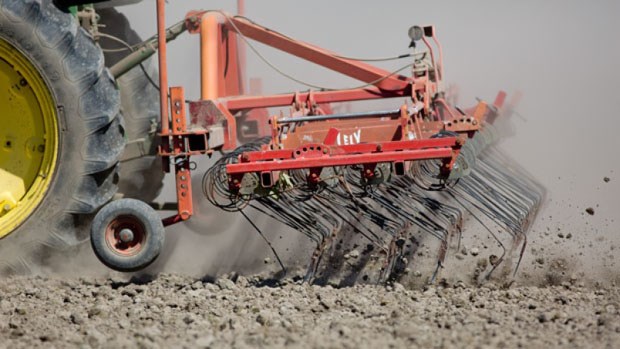The Agricultural Land Reserve’s boundaries should not be readily adjustable.
That’s what the City of Delta told a provincial committee that’s looking at revitalizing the ALR and Agricultural Land Commission. The committee agreed, suggesting local governments be more involved in long-term land use planning.
Chaired by former Delta South MLA Vicki Huntington, the committee recently submitted its interim report to the minister of agriculture.
The committee noted that during the past 45 years, the ALR boundary has been refined through reviews, local government land use planning exercises and over 48,000 individual applications.
“The ALR boundary is often viewed as temporary and adjustable. The perspective that the ALR is available for urban uses perpetuates land use pressure on farmland,” the committee noted in its discussion paper earlier this year.
The city’s response cites the Delta Agricultural Plan, which states "agriculture is vitally important to Delta's economic, environmental and social sustainability," and the ALR boundary is not viewed by Delta to be temporary or readily adjustable.
The city’s recommendations included the province developing guidelines that set out a criteria for consideration of applications to modify the ALR boundary and/or permit non-farm uses. Another recommendation is to educate property owners.
In the committee’s interim report, one of the recommendations to curb speculation is to create a “defensible and rationalized ALR boundary with a long-term land use planning lens.” That would be done through a new joint local government-ALC land use planning process.
“Collaboration on land use planning processes between local governments and the ALC have been successful in the past in identifying lands for future exclusion based on a regional planning perspective and quantifiable need by the local government. Focusing on this more proactive approach is necessary to ensure that the haphazard development associated with individual landowner exclusions no longer negatively impacts the ALR,” the report states.
The report notes that directing exclusions through a joint local government-ALC planning process will help eliminate speculative purchasing and holding of ALR land for uses other than agriculture as well as reduce the potential of impacting the ALR via “death by a thousand cuts.”
The committee’s final report will be submitted this fall.



